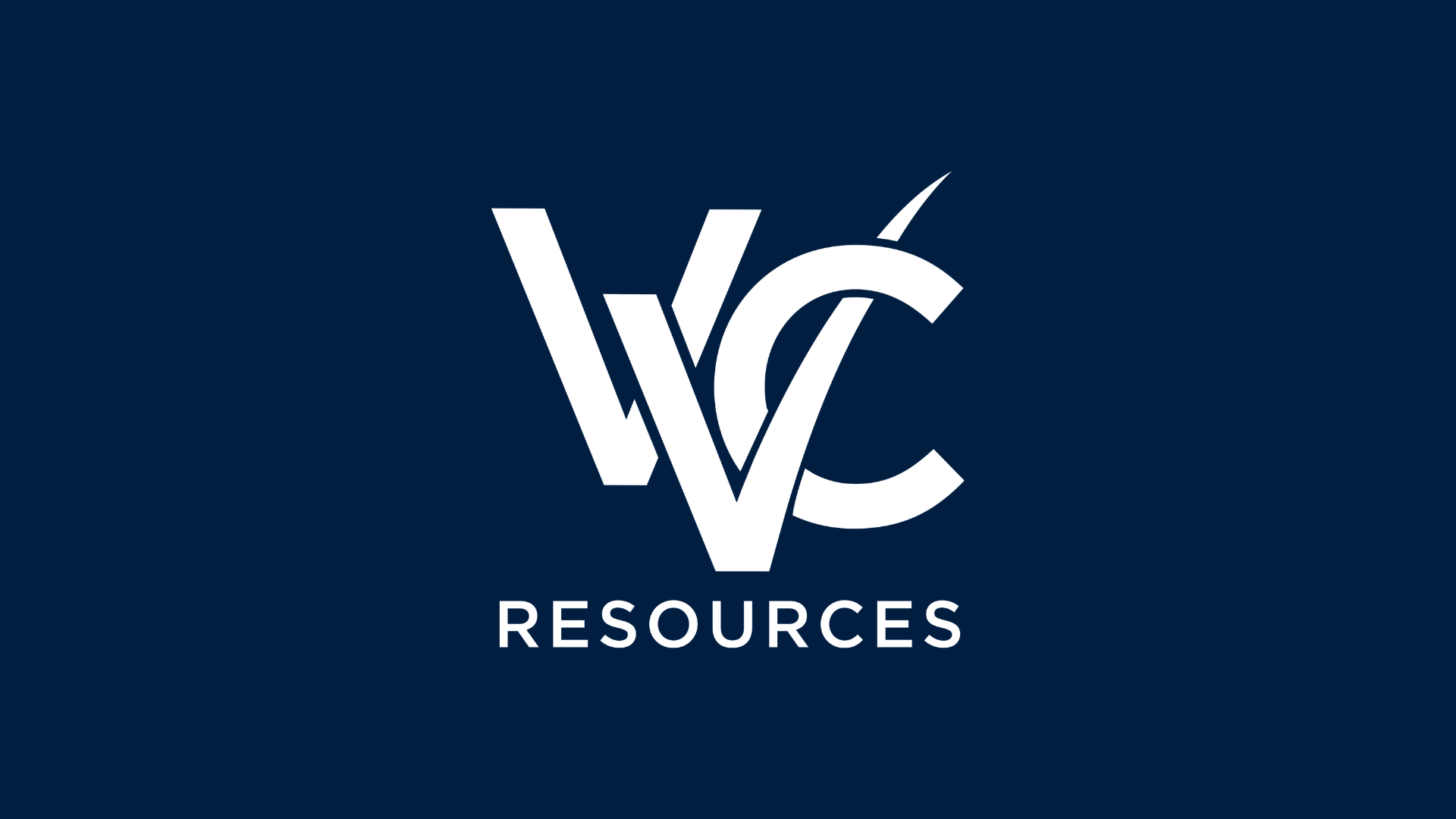Phil De Luna Contributor
I’m a materials scientist working to remove CO2 from the atmosphere.
According to the Paris Agreement established in 2015, nations must pursue efforts “to limit the temperature increase to 1.5°C above pre-industrial levels.” In the fight against climate change, carbon capture has been touted as an important tool to decarbonize industries such as energy, chemicals, transportation, cement, and steel production. It has also been described as a means of reversing climate change, by capturing CO2 from the atmosphere itself. There are two methods of capturing carbon – carbon capture and storage (CCS) and carbon dioxide removal (CDR). While both methods share the ultimate goal of curbing global warming, they operate under distinctly different principles and applications. Understanding these differences is crucial for policymakers, investors, and environmental advocates as they navigate the complexities of carbon reduction technologies.
Imagine a clogged bathtub overflowing with water, threatening to flood your bathroom. When this happens, you have two options - you can turn off the tap or you can bail out the water, buying yourself enough time to unclog the drain. CO2 emissions in our atmosphere is like water overflowing a bathtub. Point source carbon capture is turning off the tap, catching the CO2 emissions at the source (e.g., a chimney) before it enters into the atmosphere to cause warming. Carbon dioxide removal is like bailing out the water from a tub, removing CO2 that has already been emitted into the atmosphere. Point source carbon capture is about preventing emissions from causing warming in the first place, whereas carbon dioxide removal is about reversing the emissions that cause warming. Often these two concepts are equated to one another but they are two very different tools in the climate fight.
The carbon removal industry is expected to become a trillion-dollar industry by 2050. The UN’s Intergovernmental Panel on Climate Change, or IPCC, even declared that carbon removal is “unavoidable” if the world is to meet its climate goals. For this trillion-dollar industry to bloom, gigatons of historic CO2 must be physically removed from the atmosphere (carbon dioxide removal). The National Academy of Sciences has estimated that meeting the Paris Agreement’s goals will require scaling up to 10 gigatons of CDR annually by 2050, with 20 gigatons of CDR each year by 2100. But so far, we aren’t on track to stay within this critical threshold. Today, tech-based removals have only extracted a few hundred thousand tons of carbon dioxide from the atmosphere, a far cry from what’s needed.
Carbon dioxide removal is the process of physically removing carbon dioxide from the atmosphere or ocean to slow global warming. Direct Air Capture (DAC) removes CO2 from the air, and Direct Ocean Capture (DOC) removes it from the ocean. High-quality CDR is essential for achieving net zero emissions goals and mitigating the impacts of climate change. CDR is particularly impactful because it addresses all of the historic tons of CO2 we’ve polluted our planet with, instead of just removing what we’re pumping out of chimneys today. The universality of DAC is its most compelling advantage. It can be deployed virtually anywhere there is access to renewable energy, independent of CO2 emission sources, making it a versatile tool in the global effort to reduce atmospheric CO2 levels.
Alternatively, Carbon Capture and Sequestration (CCS) – or point source capture – is the practice of capturing carbon dioxide at chimneys (at the source). The appeal of CCS lies in its ability to significantly reduce emissions from the largest industrial sources. By targeting these high-emission points, CCS can achieve substantial reductions in overall CO2 emissions. Additionally, CCS technologies are more cost-effective in these settings due to the high concentration of CO2 in the chimney, which simplifies the capture process. This is typically deployed at industrial oil and gas facilities. For example, the Shell Quest plant has captured and stored nearly 8 million tonnes of CO2 since it started operation in 2015.
However, both have limitations.
While CCS is helpful in reducing emissions, it only addresses what we’re pumping out of chimneys today. It does nothing to clean up historic emissions that have already escaped. In addition, CCS projects have been expensive and commercially fragile, with one study showing that between 1995 to 2018, 78% of projects have been canceled or put on hold. What’s more, point source capture has struggled to scale. As of today, point source capture projects are currently only capturing 0.1% of global emissions, or 45 million metric tons. While it’s better than nothing, many view CCUS as a justifiable excuse for oil and gas companies to continue emitting.
CDR, on the other hand, also faces scalability issues. Today, DAC technologies use a lot of energy to operate and need renewables to ensure carbon negativity. The manufacturing and supply chain for DAC has yet to be built. Additionally, the lower concentration of CO2 in the atmosphere means that DAC is currently more expensive on a per-ton basis than point source carbon capture, although costs are expected to decrease with technological advances and increased deployment. CDR also lacks mature project developers to build infrastructure and raise the capital to finally catalyze carbon removal technology on a massive, commercial scale. (Disclaimer: I work at Deep Sky, a Canadian-based CDR project developer and the first technology-agnostic CDR project developer in the world.)
Ultimately, we need both to slow global warming. We must capture CO2 at the source (CCS), and we must also remove historic emissions (CDR). The future of carbon reduction will likely rely on a portfolio approach, integrating CCS, CDR, and other carbon management technologies with renewable energy sources and efficiency measures.
As the world progresses towards a carbon-neutral future, the role of innovative carbon capture technologies will only grow. Understanding the differences, strengths, and limitations of point source carbon capture and direct air capture is essential for leveraging their potential to the fullest. By investing in research, development, and deployment of these technologies, alongside efforts to reduce emissions at the source, humanity can take a significant step forward in mitigating the impacts of climate change. The sheer scale of the removal challenge requires that everyone play their part if we want any chance at preserving human life on earth.
© 2024 Forbes Media LLC







